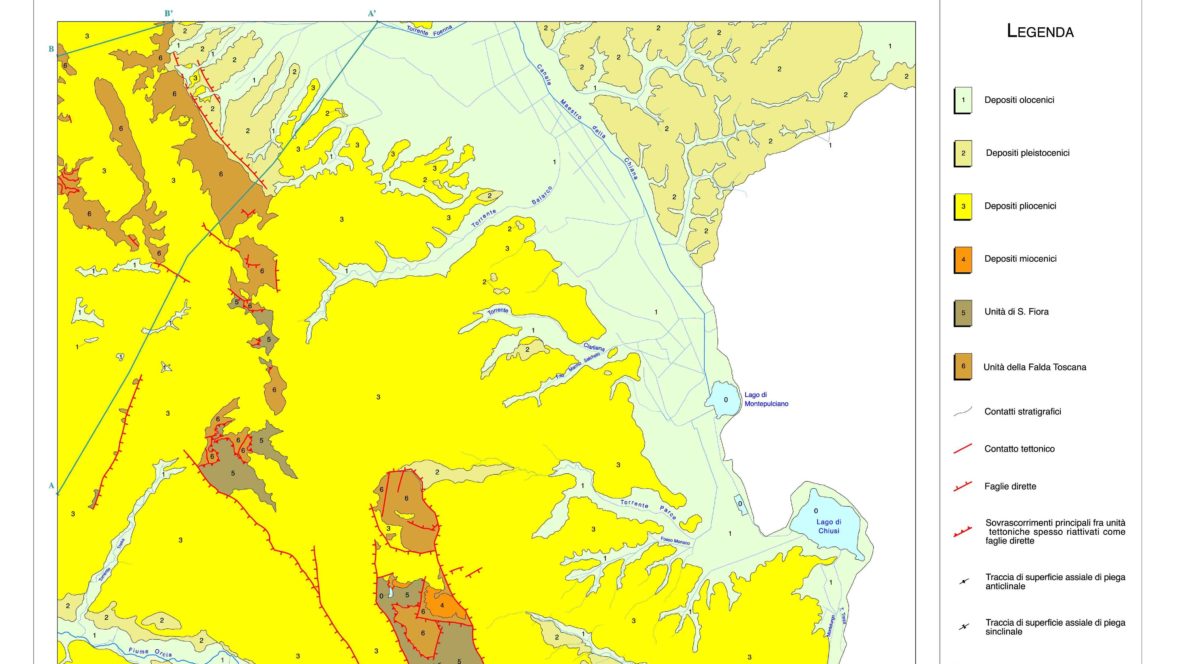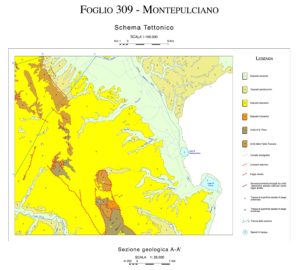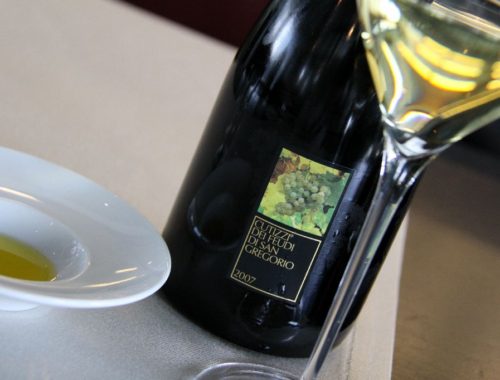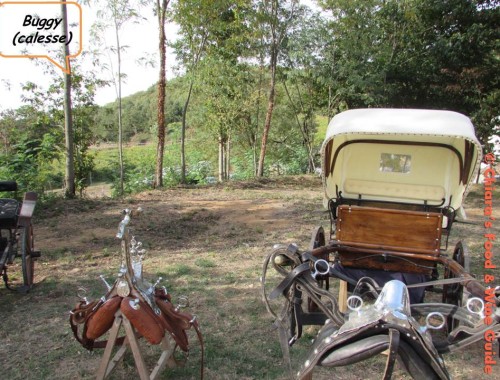The notorious event Anteprima of Vino Nobile di Montepulciano, hold last February (2020), has been a great opportunity to taste – as usual – the last vintages of this elegant Tuscan red wine but also an occasion to focus on the local soil composition that affects the profile of each wine.
The expert Maurizio Saettini, vine-growing and wine-making consultant, has indeed presented a general scheme that could act as an easy guideline of Nobile’s production territory, first of all debunking a commonplace. In fact, it is generally said that in Montepulciano area the soils are mainly made of tuff and clay but, actually, there is no tuff in Montepulciano. More precisely: the term “tuff” should be properly reserved for volcanic formations (although it is often used to indicate different rocks), while in Montepulciano there are mainly sands and clays of marine and fluvial-lacustrine origin.
It is, therefore, necessary to distinguish between:
- Soils of Pliocene origin: marine sands and clays
- Soils of Pleistocene origin: fluvial-lacustrine sands and clays
Which are the specific characteristics of these two types of soils?
PLIOCENE: the soils are thin, more mineral and calcareous, composed of calcareous sands. In this case, the Sangiovese that derives from it, the protagonist grape of the denomination, tends to be more concentrated, with a deep colour and a marked tannic structure, in terms of flavours, in addition to red fruits it offers floral notes.
PLEISTOCENE: the soils are deep with more siliceous sands with calcium carbonate. Sangiovese, in this case, will be less concentrated, with “smoother” and silky tannins and hints that turn more easily towards riper red fruit, citrus and spices.
Here is the map.












